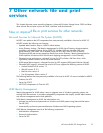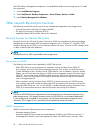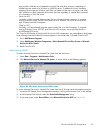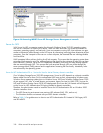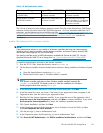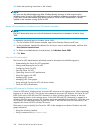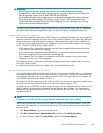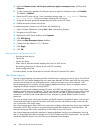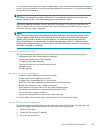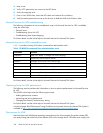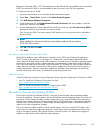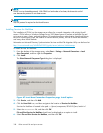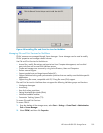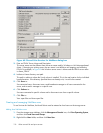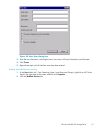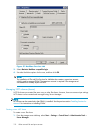
You c an back up and restore User Name Mapping data at any time. Because the database is backed up
to a file, you c a n use that file to copy the mapping database to another server. This provides redundancy
for the sake of fault tolerance.
NOTE:
If you obtain information from multi ple NIS domains, it is assumed that each domain has unique users
and user identifiers (UIDs). User Name Mapping does not perform any checks.
User Name Mapping associates Windows and UNIX user names for Client for NFS and Server for
NFS. This allows users to connect to Network File System (NFS) resources without having to log o n to
UNIX and Windows systems separately.
NOTE:
Most of the functionality of User Name Mapping has been replaced by Active Directory Lookup. Active
Directory Lookup enables Client for NFS and Server for NFS to obtain user identifier (UID) and group
identifier (GID) information directly from Active Directory. For information about storing UNIX user
data in Active Directory, see documentation for Identity Management for UNIX. For information about
enabling Active Directory Lookup, see “Specifying how Server for N FS obtains Windows user and group
information” available in online help.
User Name Mapping Administration
The User Name Mapping a dministration online help contains information for the following topics:
• Understanding the User Name Mapping c omponent
• Starting and stopping User Name M apping
• Configuring User Name Mapping
• Securing ac cess to the User Name Mapping server
• Managing maps
• Managing groups
Best practices for User Name Mapping
• Install User Name Mapping on a domain controller.
• Create a User Nam e M apping server pool.
• Configu
re User Name Mapping on a ser ver cluster.
• Make sure User Name Mapping can download users fro m all domains.
• Refresh data whenever a user is added or changed.
• Place
password and g roup files on the User Name Mapping server.
• Use appropriate permissions to protect password and group files.
• Ensure consistency of group mapping.
• Speci
fy the computers that c an access User Name Map ping.
For fu
rther details, see the online help for Microsoft Services for Network File System.
Test an NFS file share configuration
The following steps provide the tasks necessary verify the set up of NFS shares, user mappings, and
permissions granting the desired access to an NFS share on the storage server.
1. Create an NFS share.
2. Create NFS client groups (if desired).
3. Verify the NFS share exists.
HPProLiantDL380G5StorageServer 105



